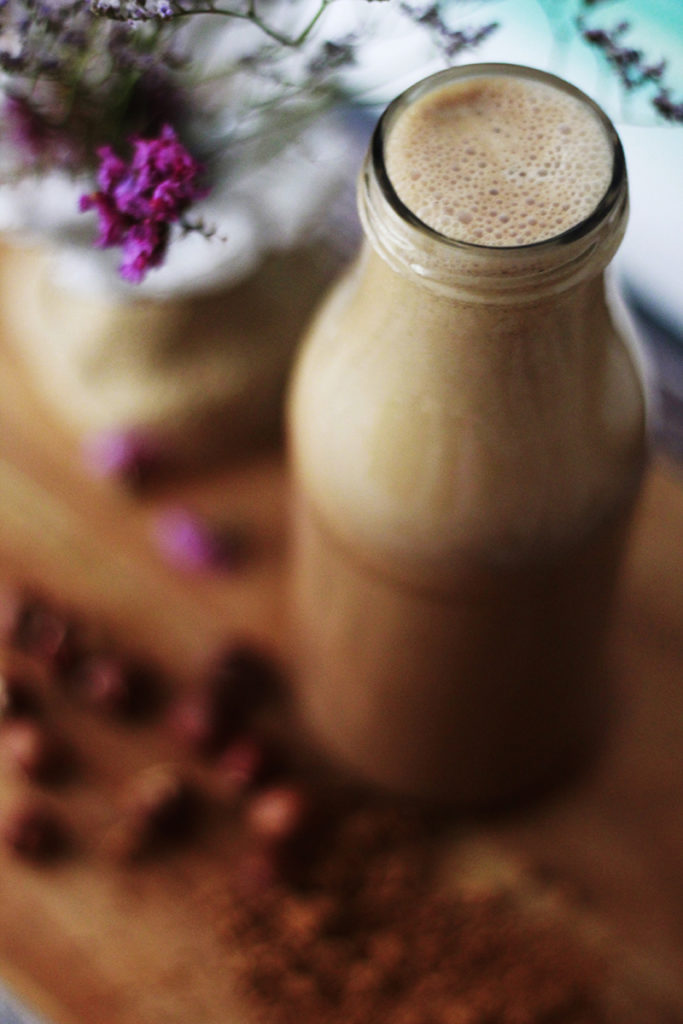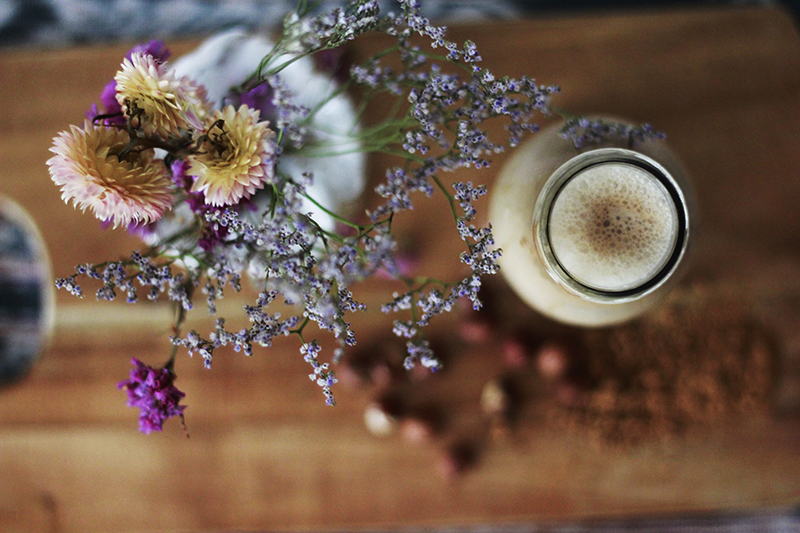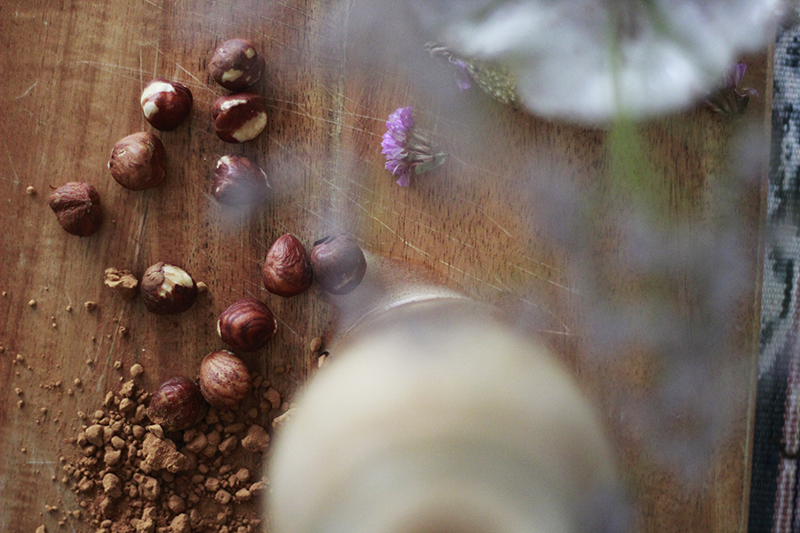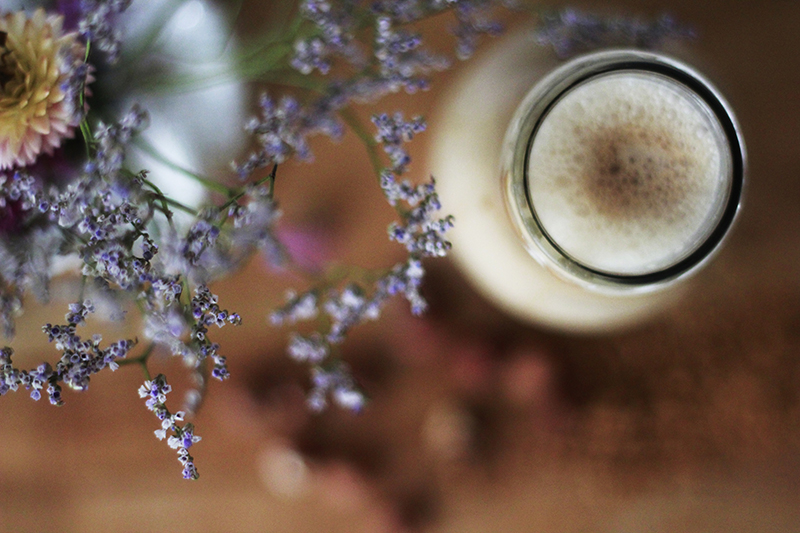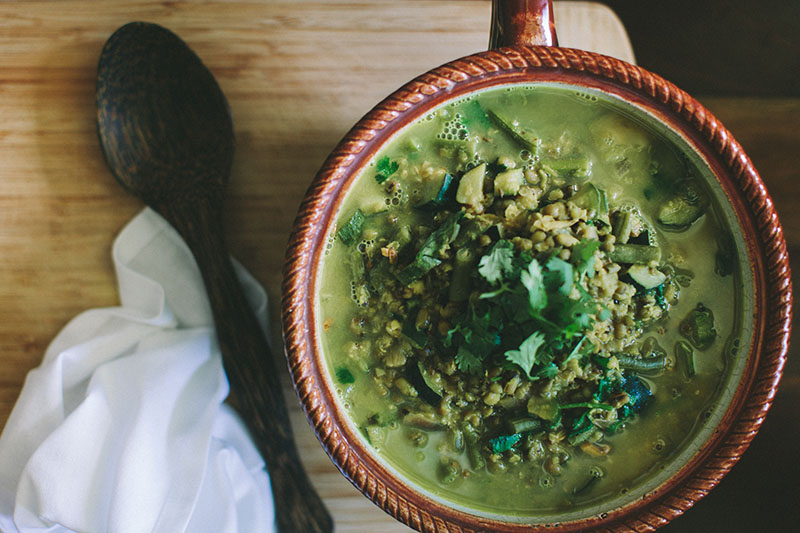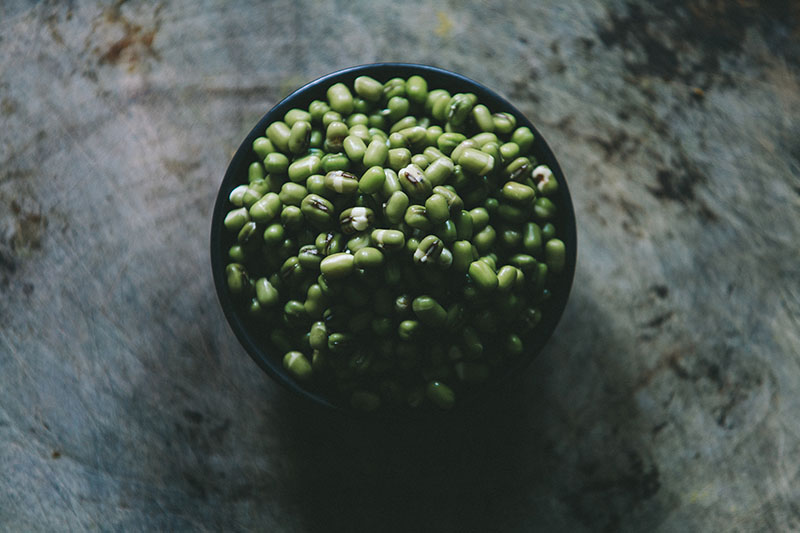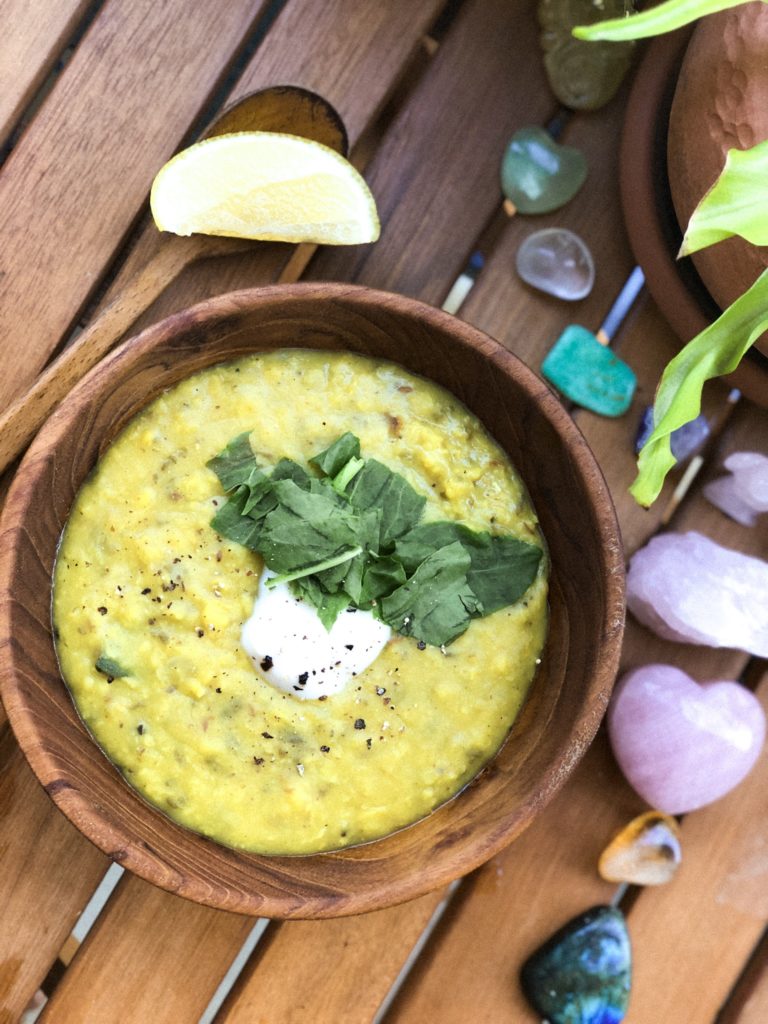 Breaking your fast…
Breaking your fast…
Dhal for breakfast!!??? Whhhhaaattt! I hear you say!
Yes, you can infact enjoy Dhal for breakfast – and if you’re a Dhal fiend like me, this news ought to bring you and your beautiful tummy great joy!
Breakfast is a meal where we are literally, ‘breaking’ a ‘fast’. If we are following a perfect Ayurvedic Lifestyle routine then eating dinner early in the evening, allows for the body to have a much needed fast, a period of approx 12+ hours of rest and rejuvenation infact, if you were to finish your evening meal by 7.30pm and have breakfast at approximately 7.30 or 8am.
So, since breakfast is the first meal of the day, after our digestive system has just been resting, it’s wise to eat something light, easy to digest and ideally warm in nature for the first meal of the day (after your morning routine of cleansing lemon and ginger water of course!)
Ayurvedic Porridge is a big breakfast favourite of mine, however sometimes it feels good to have a savoury option – something salty, hearty and protein-y for a change.
Dhal my friends, is a great answer for these savoury morning feels, and the best part is that you can make a batch of this up the night before and then simply heat it up on the stove for breakfast, (if you find that you are often time-poor when it comes to your morning meal, like I know so many of us often are!)
Not only is it convenient for breakfast, but it also makes a great easy and ready to go dinner meal as evenings are also a good time to eat light, warm and easy to digest soup – like dishes, and this Dhal certainly ticks all those boxes.
(Lunch is the meal that you want to make the biggest meal of your day in Ayurvedic medicine, as that is when the sun is the strongest and therefore your digestive ‘inner’ sun or fire, known as Agni is at its peak and can process a more complex meal more optimally.)
Your frozen smoothie bowl might be making you hotter during summer!
Finally, for all my friends in summer right now, like I am, you might be thinking that it’s ‘too hot’ to eat Dhal this time of year, I am here to tell you otherwise. Not only is this delicious and healthy Ayurvedic Dhal appropriate for winter, it is also so great to eat during the warmer months of the year, and infact might even help you stay cooler.
When we eat warm foods our body doesn’t need to work so hard to digest, thus reducing heat being generated internally. When you reach for your frozen smoothie bowl however, you may be heating yourself up due to the extra work your system has to do in order to digest the food AND keep you cool at the same time! …Something the think about. :)
Ready to try a warmer approach to staying cool? Get the recipe for this delicious Ayurvedic Breakfast Dhal below…
I garnished my Ayurvedic Split Moong breakfast dhal with a generous dollop of coconut yoghurt (to add creamy sweetness and dimension of flavour), a squeeze of fresh lemon (to aid digestion) + my new favourite locally grown summer green, lemon sorrel for freshness and a little bitter taste to cleanse and tone my liver!
Ayurvedic Split Moong Breakfast Dhal Recipe
*Makes approx 4 serves
Ingredients in order of usage: (100% organic wherever possible!):
- 1 tbsp of coconut oil
- 2 tsp of whole cumin seeds
- 1/4 tsp of fennel seeds
- 1 small red onion, finely chopped (100% optional!)
- 1 tbsp of fresh ginger, finely chopped or grated
- 2 tsp of ground coriander powder (I grind mine freshly in a coffee/spice grinder)
- 1/2 tsp of turmeric powder
- 1 cup of soaked, washed and rinsed Split Moong Dhal (I buy mine from Santos Organics!)*
- 1 tiny pinch of pure asafoetida powder (this will add a lovely flavour, 100% optional though!)
- 1.5 litres of filtered boiling hot water for cooking
- 1/2 tsp ground black pepper
- 2 tsp of pure himalayan salt or good quality sea salt
- Coconut yoghurt of your choice to garnish, (make sure it is sugar-free! Read the label.)
- Some fresh slices of lemon
- Fresh seasonal greens to garnish; lemon sorrel, coriander, rocket, whatever you’re loving! :)
- Your loving energy!
*To soak your Split Moong Dhal: Soaking allows enzyme inhibitors and gases present in legumes to be released, making the lentils easier to digest. Cover the lentils in a bowl of water and let sit for a minimum of 30mins, or for a few hours during the day. Once soaked, the lentils will have expanded/swollen. Take your lentils to the sink, and pour them into a strainer to give a thorough wash and rinse under cool water 3-4 times until they feel clean and well rinsed in your eyes. Sit the lentils aside, allowing the water to drain away and Voila, your lentils are now soaked and ready to go into the recipe.
(*Note: if you find that you only have powdered spices or only whole, you can exchange whole spices for powders and visa versa! It will just change the texture and flavour of the meal slightly!)
Creation process:
- Take a medium-large saucepan, add your coonut oil and place on a medium heat until coconut oil is warmed (or melted if it’s cold where you!)
- Add your cumin seeds and fennel seeds to the oil and using a wooden spoon, stir to toast the seeds, allowing the potent oils to be released into the oil.
- Add your chopped onion (optional), fresh ginger, coriander powder, turmeric powder and Asafoetida – and stir to combine the spices with the fresh onion and ginger until the onion softens and it feels well ‘toasted’.
- Add your soaked, washed and strained Split Moong Dhal to the pot and stir vigorously to mix the lentils with the spicey mix on the bottom. Stir for 3-5 minutes or until you feel the lentils are well toasted and starting to stick to the bottom of the pot.
- Add your boiling water (stand back for this as the oil and water can ‘spit’ at each other) then stir the water into the dhal.
- Turn up the heat to high and boil for 20 minutes, stirring regularly (adding your LOVE) and ensuring a nice even distribution of heat in the pot.
- Now you can add your back pepper and salt, place the lid on and reduce the heat to a simmer. Continue to simmer and stir for another 5 minutes, then turn the heat off and let sit with the lid on for 5minutes.
- You will know your dhal is cooked when it has reached a smooth soupy consistency (try adding more water if you feel it looks too thick at any point) and the lentils are no longer separate, they have become ‘one’ with each other! So spiritual indeed! :)
- When you are ready to serve your beautiful Dhal, scoop the desired amount into a bowl, add a dollop of your favourite coconut yoghurt, a sprinkle of black pepper, squeeze of fresh lemon and some freshly chopped leafy greens or herbs!
- Finally, before eating, take 3 deep breathes, say a quite inner prayer of gratitude and enjoy savouring each mouthful of this dhaaalicious easy to digest Ayurvedic savoury breakfast!
Enjoy this recipe and may your breakfasts be delicious, or should I say, dhaaalllicious for ever more!
![]()






